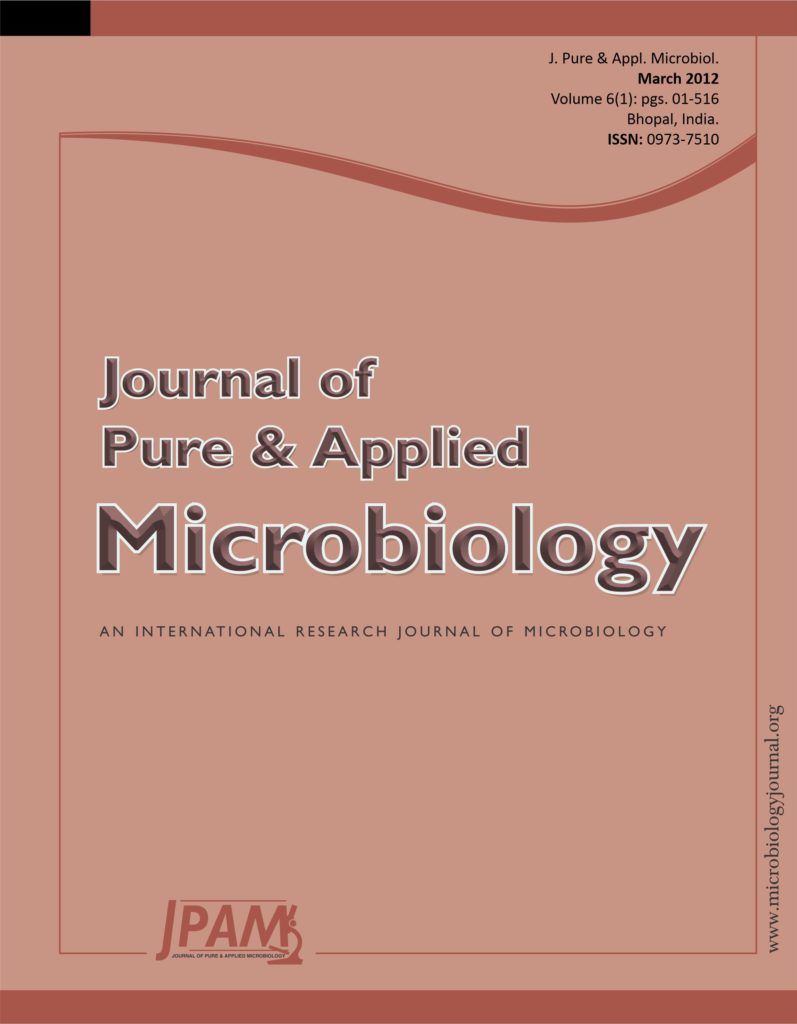This work aimed at synthesis and antimicrobial evaluation of the potency of 2-(2-Nitrovinyl) Furan. The condensation of furfural with nitromethane was conducted in sodium tertiary butoxide. The product’s characterization carried out with 1H and 13C NMR spectrometry and thermal analysis. The 2-(2-Nitrovinyl) Furan was tested with conventional antibiotics (Ridomil plus, Benomyl, Streptomcin, Tetracycline and Amphicillin) against pathogenic bacteria (Escherichia coli, Pseudomonas aeruginosa, Staphylococcus aureus and Salmonella typhimurium) and molds (Fusarium solani and Cercosspora cucurbitarum) and yeast (Candida albicans) by agar well diffusion method. Characterization showed that the reaction product is 2-(2-Nitrovinyl) Furan and the product is crystalline yellow. According to the thermal analysis, the product’s melting point was between 68oC and 70oC. The synthesized 2-(2-Nitrovinyl) Furan prevented the growth of the S. typhimurium, C. cucurbitarum, F. solani and C. albicans at 100%, P. aeruginosa and Staph. aureus at 96%, E. coli at 80% inhibition. In contrast, commercial antibiotics produced zones of growth inhibition in the range of 14% to 100%. Therefore, the synthesized 2-(2-Nitrovinyl) Furan appeared to be more powerful antimicrobial than the conventional antibiotics (Ridomil plus, Benomyl, Streptomcin, Tetracycline and Amphicillin).
2-(2-Nitrovinyl) Furan, Synthesis, Chemical Structure, Antimicrobial efficacy
© The Author(s) 2012. Open Access. This article is distributed under the terms of the Creative Commons Attribution 4.0 International License which permits unrestricted use, sharing, distribution, and reproduction in any medium, provided you give appropriate credit to the original author(s) and the source, provide a link to the Creative Commons license, and indicate if changes were made.


